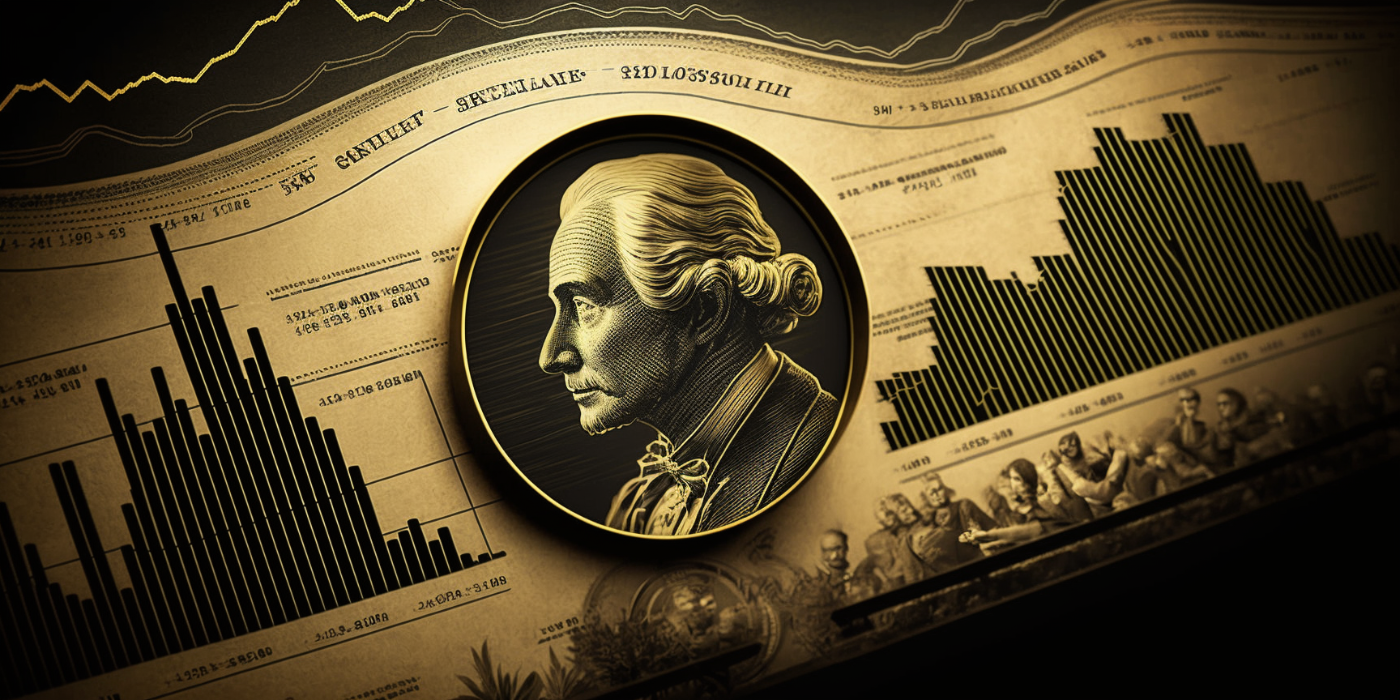
UNDERSTANDING MONETARY POLICY: ITS ROLE IN ACHIEVING ECONOMIC OBJECTIVES
Monetary policy is the management of the money supply by a central bank to achieve economic goals such as price stability, economic growth, and full employment. The primary objective of monetary policy is to maintain price stability by keeping inflation low and stable over the medium-term. This is achieved by adjusting interest rates to influence borrowing and spending in the economy. In addition to maintaining price stability, monetary policy can also be used to promote economic growth and full employment.
How Interest Rates are Used to Influence Economic Activity
Interest rates are a key tool used by central banks to influence economic activity. By setting a policy rate, the interest rate that it charges banks to borrow money, the central bank can influence the interest rates that banks charge their customers. Lower interest rates can stimulate borrowing and investment, potentially leading to higher employment rates, while higher interest rates can slow economic activity and potentially lower employment rates. The central bank must carefully balance its goals when setting monetary policy and interest rates.
Understanding the Relationship Between Interest Rates and Employment
The relationship between interest rates and employment is complex and influenced by many factors. In general, lower interest rates can stimulate economic activity and lead to increased employment, while higher interest rates can slow down economic activity and lead to decreased employment. However, the impact of interest rates on employment can vary depending on factors such as the level of economic growth, the availability of credit, and the competitiveness of the economy. The central bank must take these factors into account when setting monetary policy.
The Challenges Faced by Central Banks in Implementing Monetary Policy
The central bank faces several challenges when implementing monetary policy. One challenge is the transmission mechanism, or the process by which changes in interest rates affect economic activity and employment. The transmission mechanism can be complex and may take several months or even years for changes in interest rates to be fully reflected in economic activity and employment. Another challenge is the limits of monetary policy, which refers to the point at which interest rates are already at their lower bound, making it difficult for the central bank to stimulate economic activity further. Finally, the central bank must also balance its objectives with other factors such as financial stability and exchange rate stability.
The Transmission Mechanism of Monetary Policy: How Interest Rate Changes Affect the Economy Over Time
The transmission mechanism of monetary policy is the process by which changes in interest rates affect economic activity and employment over time. The transmission mechanism can be complex and involves several stages. First, changes in interest rates affect borrowing and spending by households and businesses. This can lead to changes in consumption, investment, and housing demand. Second, changes in borrowing and spending can affect asset prices, such as stocks and bonds. Finally, changes in asset prices can affect the wealth and confidence of households and businesses, which can further influence borrowing and spending. The transmission mechanism can take several months or even years for changes in interest rates to be fully reflected in economic activity and employment.